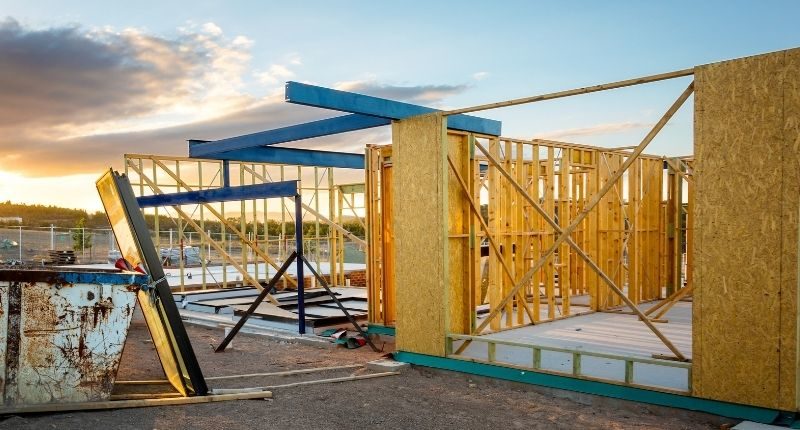- Housing stock has increased from 408K to 436K from '06 to '20
- Proportion to overall housing numbers fell from 4.7% to 4.2%
- Calls for more social housing continues
Today, data from the Australian Institute of Health and Welfare (AIHW) on social housing was released.
Since 2006, total social housing stock has increased, from 408,812 to 436,333 nationwide as of June 2020.
The mix of dwelling types currently includes 300,403 public houses, 103,895 community housing dwellings, and 32,035 in the other category.
In recent news
Billions have been spent across the nation on either building or maintaining social housing stock. Western Australia recently provided $771 million in grants to go towards social housing maintenance and $80 million was spent in Ballarat to build 150 social houses.
Wider calls for social housing across various states has been welcomed, with national calls for increased social housing made by the Federal Opposition.
Currently, South Australia is the top state for social housing, with 5.9% of total residential housing in the state comprised of social housing.
Applying for assistance is a protracted process too, The Property Tribune recently reported Tasmanians could be waiting up to 54 weeks, albeit that figure is down from 63.7 weeks.
Not enough
While the number of dwellings increased, the proportions did not.
“The proportion of social housing households declined from 4.7% in 2010 to 4.2% in 2020.”
Australian Institute of Health and Welfare (AIHW)
Kate Colvin, from Everybody’s Home, raised concerns over the decreasing percentages of social housing to the overall number of households in Australia.
“As more and more people on low to middle incomes are being left behind by rising rents and house prices, the need for social housing in Australia has never been greater. We need the proportion of social housing to grow, not decline.”
Kate Colvin, Everybody’s Home
The current hot market conditions are making it even more difficult for struggling Australians, and without further action, it could lead to wider problems.
“We cannot have a situation where house prices rise at close to 10 per cent a quarter in some cases, while social housing declines. That is a recipe for more housing stress, more homelessness and deepening inequality,”
Ms Colvin added, “On the current trajectory, housing stress is only going to worsen for people on low and middle incomes, which is why we need the Federal Government to make an urgent investment in social housing now.”








